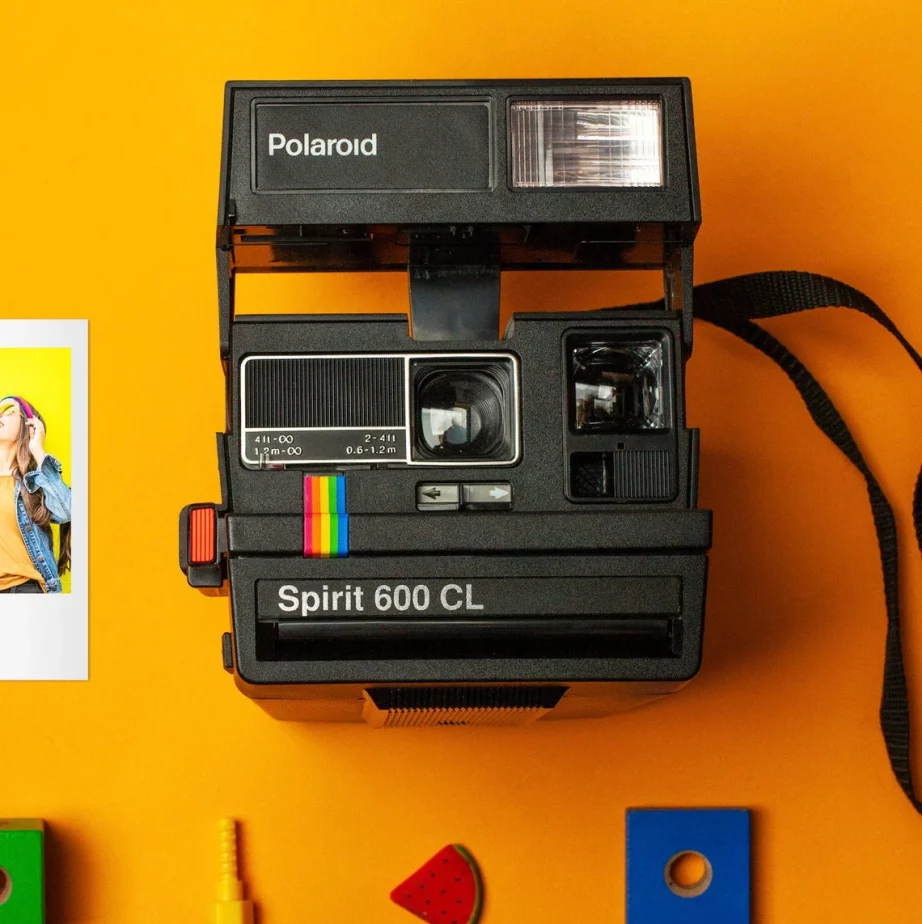The Polaroid camera was a cultural phenomenon in the 1990s. The instant gratification of taking a photo and immediately being able to hold the physical print in your hand was something truly special. The camera itself was relatively simple to use, with just a few buttons and settings. The film was also relatively inexpensive, making it accessible to a wide range of people.

The nostalgia and retro appeal of the Polaroid camera was also a big part of its charm. The camera was a throwback to an earlier era, and the square format of the prints harkened back to the days of analog photography. It was a reminder of a simpler time, before the advent of digital cameras and social media.
In the 1990s, the Polaroid camera was a popular choice for parties, events, and family gatherings. The instant prints were often passed around and shared among friends and family, creating a sense of community and shared memories. It was also a popular choice for amateur and professional photographers, who appreciated the unique, unpredictable nature of the instant film.
Polaroid also introduced several models of its camera in the 90s, like the SX-70, Spectra, and 600 series. Each camera had different features and capabilities, which allowed photographers to choose the model that best suited their needs. The SX-70 was a high-end, folding SLR camera that could produce 3.5 x 4.2-inch prints. The Spectra was a more compact camera that produced larger, 9 x 7-inch prints. The 600 series was the most popular model and was known for its ease of use and affordability.
The 90s were a golden age for the Polaroid camera, but unfortunately, the company went bankrupt in 2001, and the production of instant film was discontinued in 2008. But, Polaroid cameras and films are still available on the market, and the instant photography still has a big fan base.
